The 90’s was an interesting time for animation. After a few decades of what amounted to “cartoons are just for kids” thinking, things had begun to change. On one hand, Nickelodeon introduced their Nicktoons line, animation made for the kids that adults could watch and enjoy with them — made for entertainments sake. On the other end there was also a surge in animated programs intended for teens and adults, such as programming airing in the evening on MTV and their Liquid Television block — shows like Aeon Flux and Beavis and Butt-Head held the attention of more mature animation enthusiast.
There were also, of course, the middle of the road shows, like The Simpsons which was loved by young and old alike. There were also odd cases like Ren and Stimpy which was at the surface a show for kids but really, when you look at it, was far from a children’s program.
I enjoyed it all. I’d wake up early to watch Rugrats only to stay up late to watch Beavis and Butt-Head. The Simpsons was a Sunday ritual in my house, and to this day I still have a soft spot for and will re-watch episodes from these shows.
Let’s take a step back though, to 1997. Imagine my surprise and happiness when another animated series made by the man behind King of the Hill was announced to be coming to Sunday night television right alongside The Simpsons? I was beyond excited!
That show would be King of the Hill.
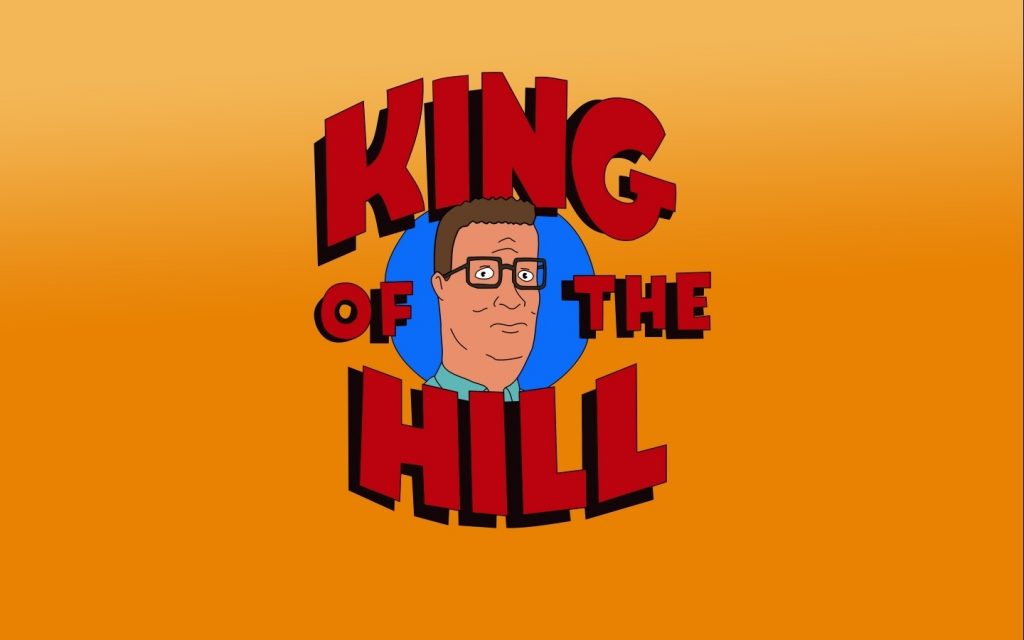
Created by Mike Judge (the man behind Beavis and Butt-Head), King of the Hill was set in the fictional town of Arlen, Texas. It focused on Hank Hill and his family and their day to day lives as normal working class American’s in a perfectly normal town. It was unlike most any other animated show of its time due to how absolutely down to Earth it really was, even compared to The Simpsons which, for as “normal” as things were, still had more cartoonish, eccentric aspects to it.
King of the Hill tried, for the most part, to be as real as possible — the events in the show, the setting, the characters, were all as normal as they came, for better or worse. It was unique for its time, and honestly I feel like nothing else has come since in the animation world to match its level of outright normalcy — especially since in the past decade animation has gone back to the “eccentric” side of things it does so well (which is fine.)
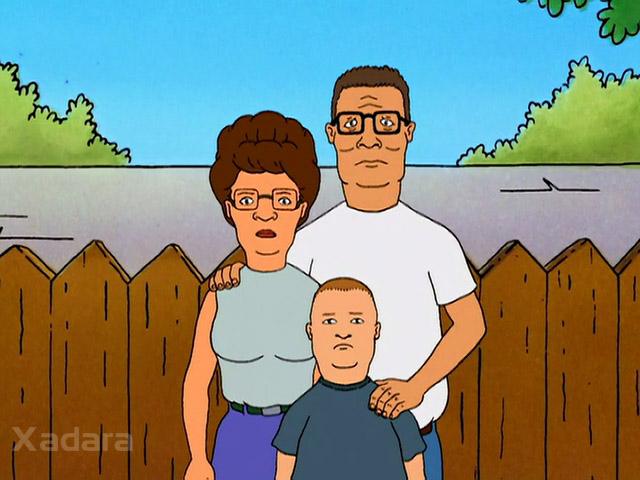
I was instantly hooked. I loved it as much as, if not in some cases more than, The Simpsons. Those two shows together were an hour of my week which really made me happy. It may have had to do something with one of the main characters, Bobby, and his own life — at that time the show premiered, I was 11, about to turn 12, much like Bobby Hill. While he’s pretty much nothing like me beyond liking “tha vid’ya games” I could still relate to him as a bit of an outsider, a kid in Middle School just trying to make it through the day and have a good time in the process. This is funny as now, as an adult, I more relate with Hank, and liking tasks like mowing the lawn.
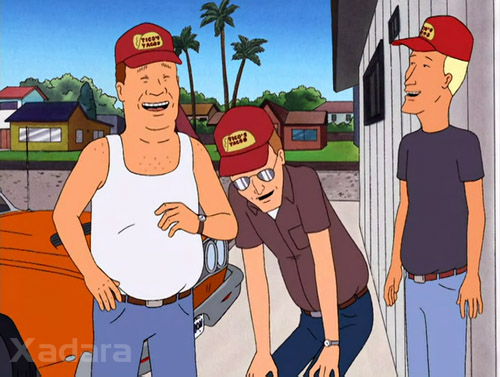
It really was the character assortment itself, more than anything else, which drove the show. From the lovable oaf Bill to the conspiracy nut Dale — from Peggy’s insufferable ego to Kahn and Minh’s love-hate relationship with their “dumb redneck” neighbors, the dynamics of the characters, as simple as they could be at times, really worked. It was a solidly developed world with people in it who seemed real.
The show would run from 1997 until 2009 – 2010 technically but that’s splitting hairs over 4 episodes. That’s two decades of enjoyment it brought me, and while the last few seasons “jumped the shark” at times, the show still never fully left its roots of showing the life of the family and friends of one family in small-town America.
What’s more, it had a unique twist of being political without being political — of touching on family issues without being an “After School Special” about it, something extremely hard to do, both in the 90’s and today. Hank is clearly a conservative but very practical about it. Parenting is depicted for the challenge and nuanced topic it is, as opposed to a “this is what you do if your child does X” method that other media presents. Their world isn’t “black and white” like most fictional settings but instead was just as dynamic and conditional as reality and that, I think, is what set the show apart the most. At its core it was, simply, real.
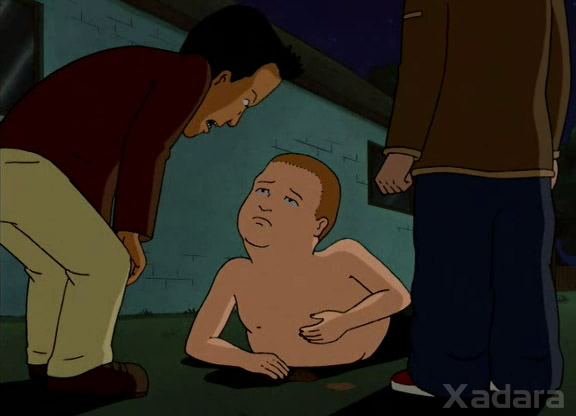
As the last few seasons of the show came and went, I was an adult — 25 when the last episodes aired. I had never really stopped watching the King of the Hill by then either — in fact, I watched it more during the last few seasons than I had in the past, and hated that it was ending, partially to make way for “The Cleveland Show” (like Seth McFarland needed another show on Fox) but that’s how things go. By this time The Simpsons had lost its luster with me, and that was, incidentally, the last time I really watched any Sunday night programming on Fox.
Of course I would watch the show nightly on Adult Swim when it was put in rotation (this would be where the final four episodes would air, officially, for the first time in the year following the shows cancellation on Fox) and right now you can watch the whole series on Hulu, so it’s certainly not inaccessible. I still watch it regularly when I feel the urge and, even a decade since its cancellation, still enjoy it for what it is, and what it was to me in my youth.
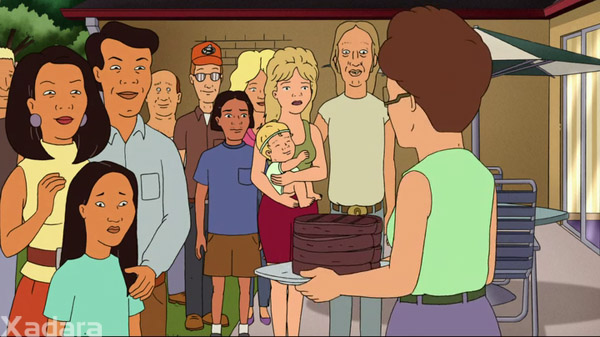
I could really dive into this if I wanted, but I’d be here all day writing about the show. I am, however, considering something else — covering the series in the same kind of detail as I have other things.
That’s right, in the typical “doing things because they may be fun” way I do things around here, I want to take a look at every single episode of King of the Hill – all 259 episodes.
Is it crazy? Yes. Will it be a lot of work? Yes. Will I have fun? Hopefully yes.
